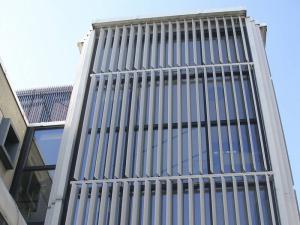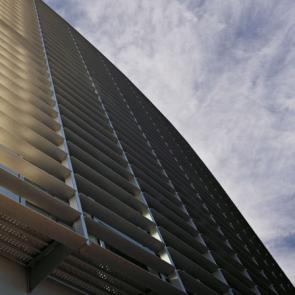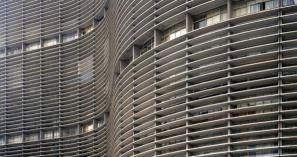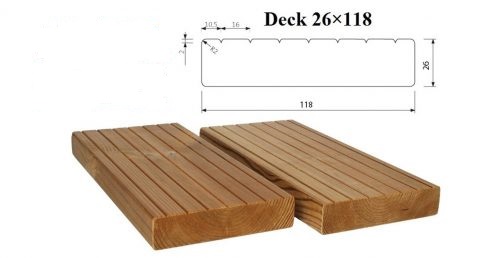different types of louvers
Louvers are actually a type of architectural feature or mechanical device consisting of a series of angled slats or blades arranged horizontally or vertically.
companies design them to allow airflow,
control the amount of light or visibility, and provide aesthetic appeal, Louvers are usable in different applications, such as windows, doors, ventilation systems and so more.

every ting about different types of louvers
Speaking of the type usable in windows, louvered windows consist of multiple horizontal or vertical slats that you can open or close to regulate airflow and control the amount of light entering a space, By adjusting the angle of the slats, occupants can increase or decrease ventilation while maintaining privacy.
people commonly use Louvered windows in tropical regions or areas where natural ventilation is desired which is obvious why.
Louvers are also usable in building facades. For that, they serve as ventilation openings, allowing air to enter or exit a building while preventing the intrusion of rain, debris, or insects. They can also be adjustable to manage the flow of air or provide sun shading. Above all that, you can install louvers in equipment enclosures to allow for proper air circulation and heat dissipation. This helps maintain the efficiency and performance of the equipment.

Now let’s take a closer look to different types of Louvers:
Louvers come in various configurations, each designed for specific purposes. Some common types include:
1. Fixed Louvers:
These louvers have stationary blades set at a fixed angle and cannot be adjusted as the name says.
2.Adjustable Louvers:
These louvers feature movable blades that you can open or close to control airflow, light, or privacy so you can adjust them and they give you much more freedom in designing.
3. Stationary Louvers:
These louvers have fixed blades but are designed to allow air or light to pass through while providing protection from rain or debris.
4. Combination Louvers:
These louvers combine both fixed and adjustable blades, offering flexibility in terms of airflow and light control. companies construct Louvers from different materials, so it depends on their application and desired appearance, Common materials include aluminum, steel, wood, glass, or plastic, Louvers play a vital role in natural or mechanical ventilation systems, They allow fresh air to enter and stale air to exit buildings, improving indoor air quality and maintaining comfortable conditions.

– Sun Shading:
you can use Louvers into building facades to provide sun shading, reducing solar heat gain and glare while allowing natural light to filter through.
– Privacy and Security:
you can use Louvered screens or fences to create privacy and enhance security by obstructing the view into protected areas.
– Equipment Enclosures:
people often install Louvers in equipment enclosures, such as generator rooms or mechanical rooms, to ensure proper ventilation and prevent overheating of machinery.
– Architectural Design:
you can use Louvers as architectural features to add visual interest and aesthetic appeal to buildings.
companies design them in various shapes, sizes, and patterns to enhance the overall design concept, That was a glance look on what louvers are,
what they are made of and what is the use of them.
our offers
Types and examples of curtain wall construction and execution Building Facade|facade engineering|facade materials Ceramics Facades|Handrails|Terracotta Facade|Thermowood WPC Wood Plastic|facades glass|dryfacade (Aluminum Louvers)
Detailed technical and executive information for those interested Also, Here are some of the capabilities of this company:
aluminum company producer factory in Manufacture aluminum
such as profile windows & door aluminum
Details of the Valid Aluminium Company of factory products
Curtain Walls|Frameless glass facade|Aluminum louver
Skylight glass|Dry ceramic|Dry stone|aluminum profile

